Diamonds are undoubtedly stunning and rare gemstones, but their practical applications are somewhat limited. While diamonds can be useful for industrial purposes like making drill bits, the diamonds you find in retail jewelry stores are not of that type.
So, if diamond jewelry isn’t necessarily functional or practical, why do people continue to buy it? What drives the high demand for diamonds?
Interestingly, the supply of diamonds is managed in a way that creates the perception of scarcity, contributing to their high value and desirability.
Moreover, there are psychological factors that play a role in why some individuals specifically choose to purchase diamond jewelry. In this article, we will delve into these reasons in detail. Without further delay, let’s explore the captivating world of diamond jewelry.
DESIGN YOUR OWN ENGAGEMENT RING: START WITH A SETTING OR START WITH A DIAMOND. IT’S REALLY UP TO YOU!
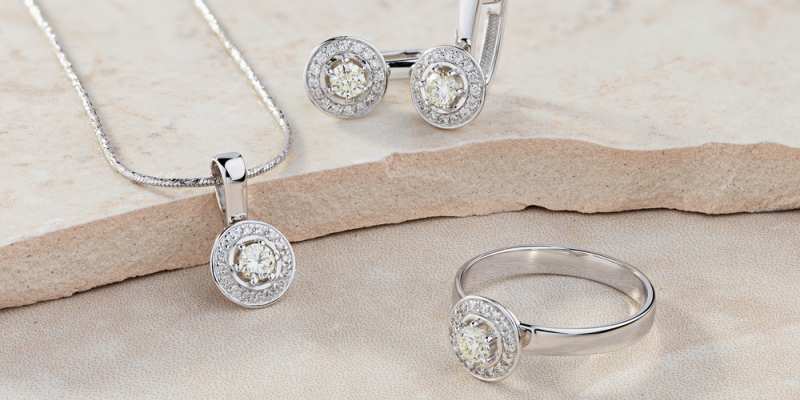
Psychological Reasons Why People Buy Diamonds
The qualities that make diamonds valuable in the industrial sector, such as durability and clarity, hold symbolic meaning in the world of jewelry, particularly when diamonds are given as gifts.
The longevity associated with diamonds can influence a buyer’s decision. For example, the diamond jewelry people choose to symbolize their relationships often represents everlasting love or the ability to withstand challenges alongside the good times.
In consumer purchases, desires often outweigh needs. The reasons behind purchasing a luxury item like a diamond necklace typically involve a combination of psychological, economic, and cultural factors.
For diamond sellers, this means understanding the interplay between buyer motivation and emotions. Once the foundation for a specific purchase has been identified, the seller must also address the emotional aspect of that motivation.
Motivation could stem from romance between two individuals, as a reward for an achievement such as graduation or promotion, or as a way to uplift someone’s spirits after hardships.
Given that customers attach emotions to luxury purchases, sellers must grasp the underlying feelings behind motivation to guide customers effectively in their diamond jewelry purchase.
Brent McFarran, in one of his studies, categorized luxury consumers into two groups: those who buy luxury items to experience pride and those who use pride as a reason to buy luxury items.
In either case, pride can influence a customer’s decision, and both types of sentiment can be leveraged to drive a sale. With that in mind, here are nine key motivators for diamond sellers to consider when assisting customers in purchasing diamond jewelry:
- “I’m Worth It”: Some individuals measure their self-worth by the quality and size of the diamond jewelry they receive or purchase for themselves. Their budget often reflects the extent to which they believe they deserve something luxurious like diamond jewelry.
- “Let’s Celebrate”: Diamond jewelry reflects the joy and significance of special occasions to be celebrated, such as wedding anniversaries or the birth of a child, where a father may gift diamond jewelry to the mother.
- “I Did It”: Overcoming challenges and achieving significant milestones, such as promotions or graduations, can be commemorated with diamond jewelry as a recognition of personal accomplishments or those of others.
- “I Want Something Truly Special”: The rarity and unique combination of the 4C’s in diamonds make them one-of-a-kind gemstones. Gifting a diamond to a loved one can be an expression of their individuality and uniqueness.
- “Reflecting a Diamond’s Qualities”: Some individuals choose to purchase diamond jewelry, for themselves or others, to reflect distinctive and radiant personalities, as well as qualities like inner strength, sparkle, fire, and reliability.
- “Making the Right Impression”: While typically a male motivation, both men and women may purchase diamond jewelry to show how much they care for someone. A diamond ring or bracelet can demonstrate the depth of their feelings.
- “The Promise of a Diamond”: When a person realizes it’s their wedding anniversary and they haven’t prepared a gift for their spouse, a luxurious gift like diamond jewelry becomes a redeeming option. It showcases their investment in their partner’s happiness, placing them at the forefront of their thoughts.
- “Redemption”: Diamond jewelry can serve as a symbol of apology or as a way to express the importance of someone in your life. The lasting nature of a diamond appeals to this motivation.
- “Purely a Gift”: Diamonds transcend functionality, so gifting diamond jewelry is an act of appreciation without expecting anything in return. Giving a diamond to a loved one, instead of a practical item, conveys how much they are valued simply for being themselves.
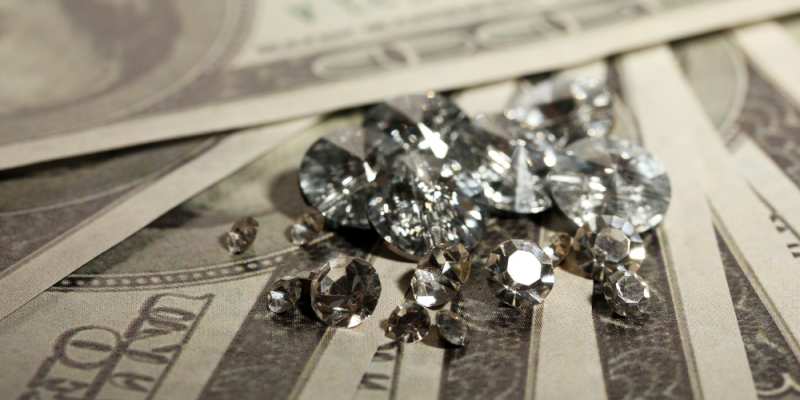
What Makes Diamonds So Valuable?
The reason behind the high demand for diamonds is primarily driven by the market dynamics of supply and demand. Throughout history, diamonds have been associated with wealth, status, and power, making them highly sought after.
In the 1800s, a significant diamond deposit was discovered in Kimberley, South Africa, which had the potential to flood the market with diamonds and decrease their value. To prevent this, De Beers, a diamond company, stepped in and acquired the mine, gaining control over the global diamond supply.
De Beers carefully managed the release of diamonds into the market to meet annual demand while creating the perception of scarcity. By controlling the supply, they were able to maintain high prices for diamonds.
De Beers also played a crucial role in promoting diamond engagement rings through a marketing campaign. They replaced the traditional sapphire and ruby engagement rings with diamonds, creating a strong demand for diamond rings.
This combination of controlled supply and increased demand due to marketing efforts has contributed to the enduring high prices of diamonds.
Diamond pricing is determined by various factors, including supply and demand conditions, and is influenced by organizations like Rapaport. Rough diamonds are sold to diamond manufacturers at auctions, and the prices are set during these transactions. The manufacturing process involves skilled labor and technology to cut and polish the diamonds.
The Rapaport organization helps regulate diamond pricing by setting suggested wholesale prices based on market conditions. Diamond manufacturers then determine the prices for the diamonds they distribute, often offering discounts or premiums based on the wholesale pricing suggestions.
Diamond prices can vary based on factors such as cut, color, carat, clarity, symmetry, polish, length to width ratio, and fluorescence.
Since the standardization implemented by the Gemological Institute of America (GIA), diamond pricing has become more competitive. It’s worth noting that the average diamond margin, or profit margin, typically falls within the range of 7% to 12%.
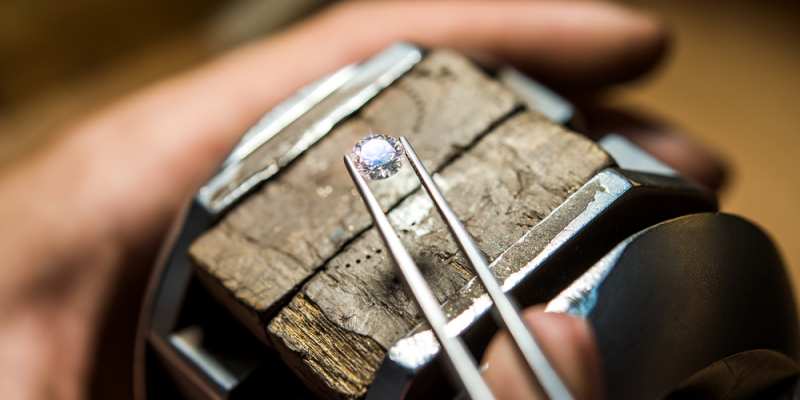
Polished Diamonds And The Value Chain
The value of diamonds significantly increases during the processing stages, from manufacturing to retail. In 2019, the sales value of rough diamonds worldwide amounted to $13.9 billion. However, after undergoing the polishing process, their prices soared to nearly double that amount, reaching $26.7 billion.
Another astonishing fact is that the global diamond jewelry market was valued at approximately $79 billion in 2019. The United States alone accounted for almost half of the global demand for polished diamonds, with a 48% share in the market.
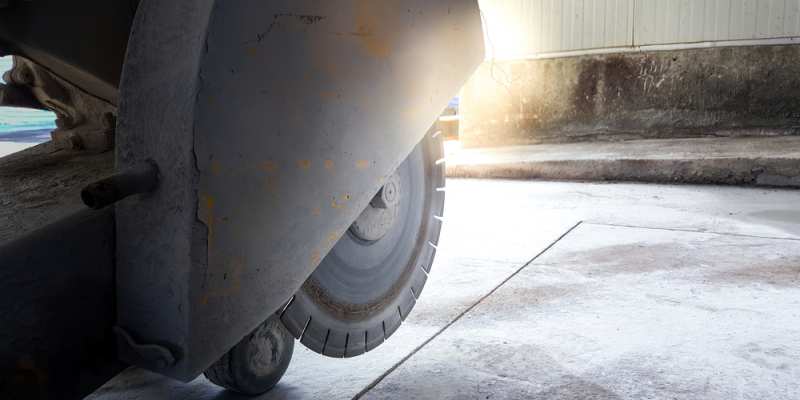
Industrial Diamonds: Less Gorgeous But Highly Utilitarian
Diamonds possess significant industrial value due to their exceptional hardness, making them highly suitable for grinding and cutting tools.
Interestingly, around half of all diamonds mined do not meet the quality standards for gemstones and are instead used for industrial applications. However, the demand for industrial diamonds is now predominantly fulfilled by lab-grown diamonds.
In addition to their industrial use, lab-grown diamonds are gaining popularity in the jewelry industry as a more affordable and ethically sourced alternative to natural diamonds.
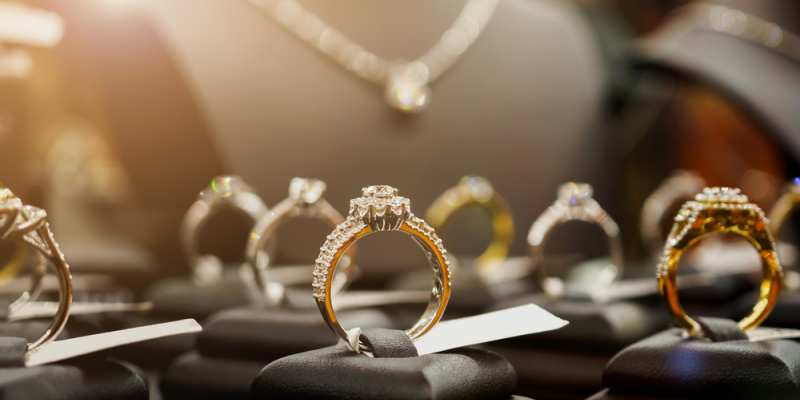
Dominant Companies Of The Diamond Industry
A few key companies dominate the global diamond mining industry. The top three players include De Beers from Luxembourg, Alrosa from Russia, and British-Australian Rio Tinto. Together, these companies contribute to over 60% of the global diamond mine production.
After being mined, natural diamonds are typically processed and sold through major diamond centers worldwide. These centers include Dubai, Antwerp, New York, Hong Kong, Tel Aviv, and Mumbai.
It’s important to note that there is no universal price per carat for diamonds. However, global diamond prices have experienced a significant increase, surpassing tenfold since 1960 and reaching the price levels observed today.
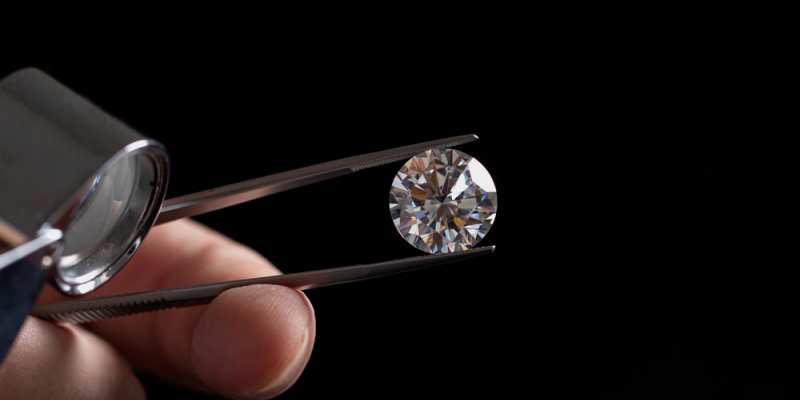
Diamond Pricing Value Tips
Here are our tips for finding the best value-for-money when purchasing a diamond in any price range:
- Consider Fancy Shapes: Fancy-shaped diamonds, such as princess or pear cuts, are not only fashionable and symbolic but also tend to be around 10% less expensive than the traditional round brilliant cut.
- Buy Online: Shopping for diamonds online offers several advantages. Online jewelry stores often have a vast collection to choose from, and they eliminate additional supply chain layers like retailers and brokers, which can help reduce costs.
- Size Down: Consider selecting a diamond that is slightly below your target carat size. For example, if you’re aiming for a 1-carat diamond, look for a 0.90 or 0.95-carat diamond. The difference in size is often unnoticeable, but the cost difference can be significant.
- Perfect Has Its Price: You don’t necessarily need a diamond with the highest color grade (D) and clarity grade (IF). The differences in color and clarity grades between diamonds are often subtle, but the price differences can be substantial. Find a balance among the 4Cs (cut, color, clarity, and carat) to achieve the best value for your budget.
- Buy Loose Diamonds: If you have a specific ring setting in mind and plan to work with a local jeweler, consider purchasing the diamond separately. Sometimes, buying the stone separately from the setting can be more cost-effective than purchasing them as a package deal.
- Price Compare: Many jewelry stores offer diamond price matching. If you find the exact same diamond with its grading report elsewhere at a lower price, some stores may be willing to match that price to earn your business. Take advantage of this option to ensure you’re getting the best possible deal.
By following these tips, you can make a well-informed decision and find the best value diamond within your budget.
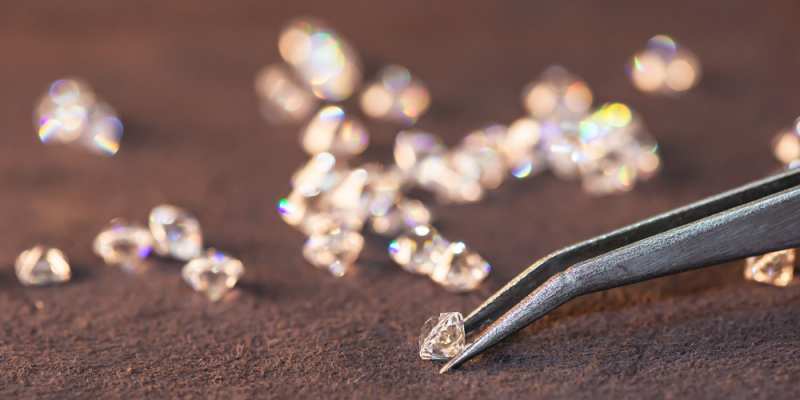
Bottom Line
In summary, there are several factors contributing to the high demand for diamonds:
- Controlled Supply: The perception of diamonds being rarer than they actually are is created through controlled supply by major companies. This artificial scarcity increases their value and drives up demand.
- Beauty and Appeal: Diamonds are highly regarded for their stunning beauty and brilliance. Their aesthetic qualities make them desirable for those seeking luxury and elegance.
- Symbolic and Emotional Value: Diamonds hold symbolic meaning and can represent various sentiments such as self-worth, love, celebration, achievement, and appreciation. They are often chosen as gifts to convey these emotions.
- Status and Prestige: Diamonds have long been associated with wealth, status, and power. Owning and wearing diamonds can be seen as a symbol of success and social standing.
- Cultural Influence: Societal and cultural factors also play a role in the demand for diamonds. Traditions, such as diamond engagement rings, have been promoted and popularized through marketing efforts, shaping consumer preferences.
Overall, the allure of diamonds, combined with their perceived rarity and the emotional and cultural significance attached to them, contribute to their sustained high demand.


